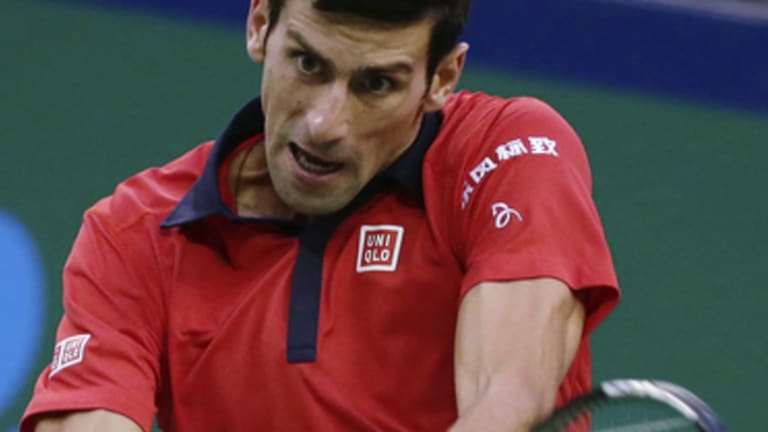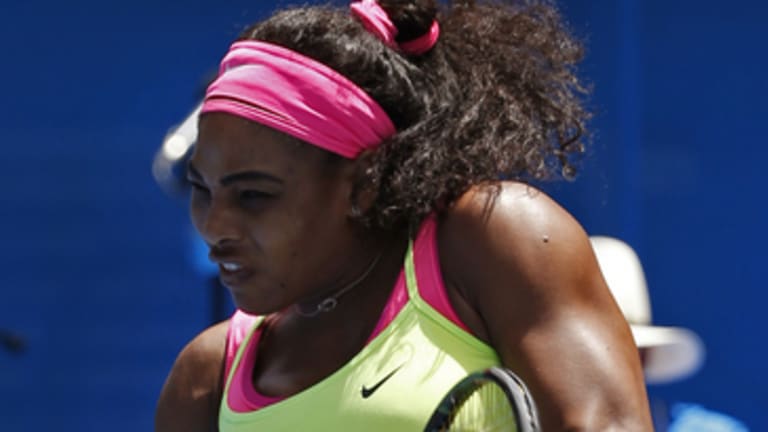When Novak Djokovic beat Roger Federer to win his fourth straight ATP World Tour Finals title, he capped one of tennis’ all-time great seasons in appropriately fine style. But his win was appropriate for a second reason: It capped an all-time season of dual-gender dominance.
Djokovic and his fellow No. 1 on the women’s side, Serena Williams, made 2015 a year of historic individual achievement. In January, when they opened with titles at the Australian Open, some of us jokingly wondered whether they might both be on their way to winning calendar-year Grand Slams. We had no idea how close we were to being right. The co-Slam had never been done, and seemed unthinkable at the time, but Djokovic and Williams would fall just three matches short of pulling it off.
Serena and Novak aren’t the game’s first set of peerless pairs. In 1984, John McEnroe went 82-3, while Martina Navratilova won three majors. Four years later, Steffi Graf and Mats Wilander went them one better: She won the Golden Slam (all four majors plus an Olympic singles gold) while he won three Slams. More interesting, though, may be the traits that each of these sets of co-legends shared.
McEnroe and Navratilova were left-handed, hotheaded, and perhaps the two most gifted net-rushers of all time. Through the late 70s and early 80s, each fought against, and ultimately vanquished, an icier, more popular baseliner (Chris Evert for her, Bjorn Borg for him). Graf and Wilander marked the return of the icy baseliner in the mid-80s. By their peak year of ’88, the German and the Swede had made themselves into stoical winning machines.

